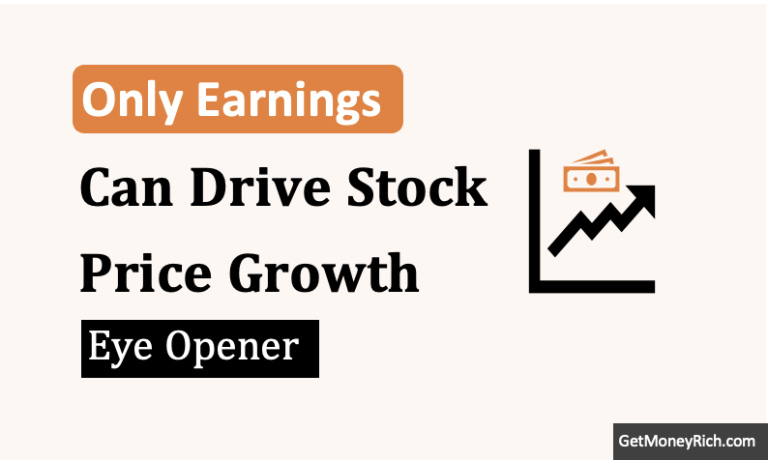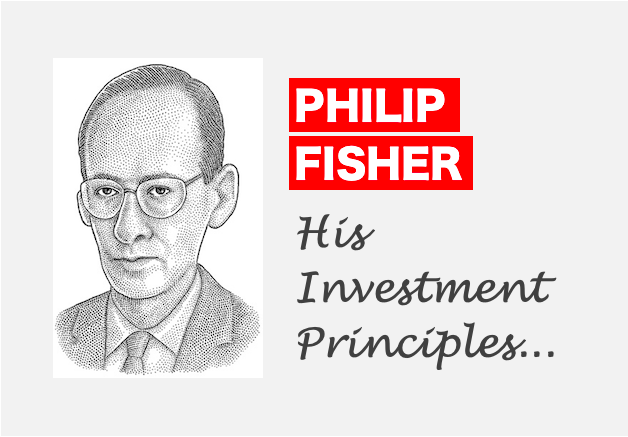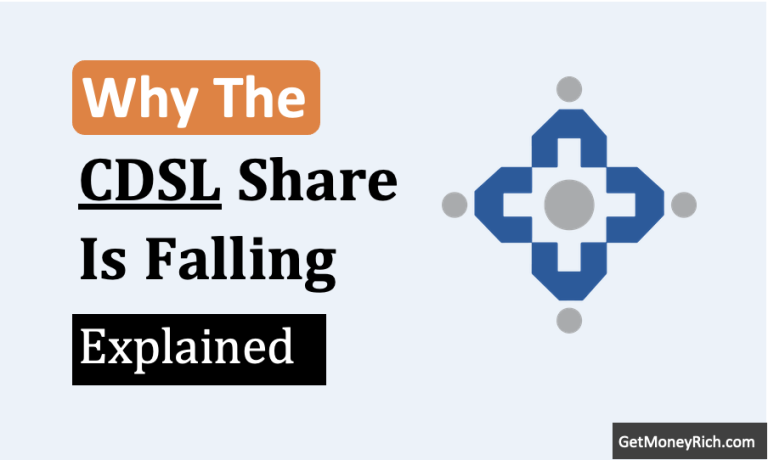Imagine you’re at a party where everyone is dancing to the rhythm of life’s opportunities. Some are slow dancing, some are doing the cha-cha, and others are simply watching from the sidelines. In the world of investing, those who sit out might think they’re avoiding risk. But experts would argue, they could be missing out on the wealth creation.
From my perspective, the lesson that staying out of the market represents the biggest investment mistake is especially relevant during market downturns. It’s during these times that fear can lead investors to retreat. For sure, when the market is falling, it is not easy to keep the money invested to invest more.
But not investing in a falling market also means potentially missing out on the subsequent recovery phase.
Historically, markets tend to rebound, and those who remain invested or have bought more during lower price phase see experience maximum compounding.
Staying invested through volatility, with a long-term perspective, allows investors to benefit from the eventual upturns that follow market corrections.
I will also admit that the idea of “staying invested” or “investing more” sounds easier than it’s actually is. But I have seen multiple market cycles since year 2008, people who have practiced it have made immense wealth.
The Bull Run I Missed
Between 2003 and 2007, global stock markets experienced one of the most significant bull runs in history. But before this bull-run, the world saw the DOT-COM crash of 2001.
Investors who participated during 2001 crash and stayed invested saw their portfolios swell. I however, regrettably missed the 2001 crash and 2007 rally as I was only 24 years of age in 2001. During those times, I was not aware of the power of the stock market in wealth creation.
Had I started my investing career right from the 2001 years, today my financial position would ahve been much difference.
This story serves as a poignant reminder that the real risk isn’t always in the investment itself but in the opportunities we fail to seize. Idea is to start early and stay invested. Never listen to people who prefer staying out of the market when stock are falling.
The Power of Compounding
Albert Einstein purportedly called compound interest the eighth wonder of the world. When you invest, your money doesn’t just grow; compounds. Here’s how the compounding works:
- Year 1: You invest Rs.10,000 at a 10% return rate, earning Rs.1,000.
- Year 2: Now you have Rs.11,000, and with the same 10% return, you earn Rs.1,100.
- Year 3: Your Rs.12,100 grows by 10%, earning Rs.1,210, and so on.
- In Year 25th: Your invested money of Rs.10,000 would generate a return of Rs.9850.
| Year | Principal | Return (%) | Return (Rs.) | Appreciated Amount |
| 1 | 10,000 | 10% | 1,000 | 11,000 |
| 2 | 11,000 | 10% | 1,100 | 12,100 |
| 3 | 12,100 | 10% | 1,210 | 13,310 |
| 4 | 13,310 | 10% | 1,331 | 14,641 |
| 5 | 14,641 | 10% | 1,464 | 16,105 |
| 6 | 16,105 | 10% | 1,611 | 17,716 |
| 7 | 17,716 | 10% | 1,772 | 19,487 |
| 8 | 19,487 | 10% | 1,949 | 21,436 |
| 9 | 21,436 | 10% | 2,144 | 23,579 |
| 10 | 23,579 | 10% | 2,358 | 25,937 |
| 11 | 25,937 | 10% | 2,594 | 28,531 |
| 12 | 28,531 | 10% | 2,853 | 31,384 |
| 13 | 31,384 | 10% | 3,138 | 34,523 |
| 14 | 34,523 | 10% | 3,452 | 37,975 |
| 15 | 37,975 | 10% | 3,797 | 41,772 |
| 16 | 41,772 | 10% | 4,177 | 45,950 |
| 17 | 45,950 | 10% | 4,595 | 50,545 |
| 18 | 50,545 | 10% | 5,054 | 55,599 |
| 19 | 55,599 | 10% | 5,560 | 61,159 |
| 20 | 61,159 | 10% | 6,116 | 67,275 |
| 21 | 67,275 | 10% | 6,727 | 74,002 |
| 22 | 74,002 | 10% | 7,400 | 81,403 |
| 23 | 81,403 | 10% | 8,140 | 89,543 |
| 24 | 89,543 | 10% | 8,954 | 98,497 |
| 25 | 98,497 | 10% | 9,850 | 1,08,347 |
By staying out of the market, you’re not just missing potential gains; you’re missing out on the exponential growth that compounding offers.
Always keep your money invested.
The only control you must have is to buy only quality stocks and buy them at low price points. Remember, the best times when you will quality stocks at low prices are when the market is falling.
Fear of the Unknown
Why do people avoid investing? Often, it’s due to fear:
- Fear of Loss: The potential for a downturn can scare people away from the market.
- Fear of the Unknown: Without understanding, the stock market can seem like a gambler’s den.
- Fear of Making Mistakes: Many are afraid they’ll choose the wrong stocks or time the market poorly.
However, staying out due to fear might cost more than occasional market dips. It risks forgoing potential gains during market recoveries.
But there is also another risk. One’s savings are also subjected to silent and relentless erosion by inflation.
Inflation
Over time, inflation reduces the purchasing power of money. It means, a Rupee saved today will buy less in the future if it merely sits idle. For instance, with an average inflation rate of 6%, your money loses approximately 6% of its value each year.
This effect compounds over time, much like investment returns would in a growing market. To negative this negative effect of inflation, it is essential to keep our money invested in the market. Why stock market? Because it is here that our savings are more likely to beat inflation.
FOMO
Additionally, the psychological impact of missing out on market gains can be profound. Witnessing peers, friends, or even strangers benefit from an upturn that you’ve opted out of can lead to regret. It might not only affect one’s financial decisions but also one’s overall well-being. The regret can manifest as stress, anxiety over missed opportunities, or a sense of having failed to secure financial growth for oneself or one’s family.
It will potentially leading to more risky behavior later in an attempt to ‘catch up’, often when market conditions are less favorable.
The Individual Path to Wealth
Experts like Warren Buffett advice us to find your own path in the investing world.
Here are some steps:
- Educate Yourself: Start with basic financial literacy. There are numerous resources available online, from courses to books.
- Set Your Goals: What are you investing for? Retirement, buying property, education? Your goals will shape your investment strategy.
- Risk Assessment: Understand your risk tolerance. Younger investors might take on more risk for higher rewards, while those closer to retirement might prefer stability.
- Diversification: Don’t put all your eggs in one basket. Spread your investments across different sectors and asset classes.
- Regular Investments: Consider rupee-cost averaging, investing a fixed sum regularly, which can reduce the impact of volatility.
India’s Economic Growth
India’s economic growth narrative is compelling due to several interlinked factors that present unique investment opportunities.
- With a growing middle class, which is expected to grow significantly, the consumer market in India is expanding rapidly. It is driving demand across sectors like consumer goods, automobiles, and financial services.
- The country’s demographic dividend, with over half its population under the age of 25, promises a workforce that could boost productivity and innovation.
- Government initiatives like ‘Make in India‘ aim to transform India into a global manufacturing hub. It will potentially increasing industrial output and attracting foreign direct investment.
- The digital revolution in India, with widespread adoption of mobile and internet technologies, is creating new avenues for growth in tech and e-commerce.
- Infrastructure development, including highways, ports, and airports, is enhancing connectivity, reducing logistics costs. This way the efficiency across the economy gets enhanced.
These are the factors that will drive future growth in India. Projections of around 6-7% GDP growth in the coming years, as suggested by various forecasts from institutions like the IMF and World Bank, indicate a robust economic trajectory.
This growth is supported by reforms that liberalize the economy, promote entrepreneurship, and encourage private sector involvement.
What is the risk premium of investing in India? I think, the opportunity to invest in India now potentially offering investors a 5% CAGR risk premium over and above global averages. Let me give you an example of what a 5% risk premium means for our long-term investing strategy.
Suppose two investors invests about Rs.30 Lakhs today.
- One invests in a market like Brazil (a focused stock portfolio) that can yield a compounding return of say 12% per annum for next 30 years.
- Another investor invests in India (created a focused stock portfolio). Assuming a 5% risk premium in India (over China), the Indian investor is expected to earn a return on 17% per annum.
| SL | Country | Investment Amount | Expected Return | Time Horizon | Appreciated Amount (Rs. Crore) |
| 1 | Brazil | 30,00,000 | 12% | 30 Years | 8.99 |
| 2 | India | 30,00,000 | 17% | 30 Years | 33.32 |
After 30 years, the Brazil investor will build a corpus of Rs.8.99 Crore. During the same period, just because of a 5% differential risk premium in India, the Indian investors would make a corpus of Rs.33.32 Crore.
Conclusion
The stock market isn’t without its risks. But as I have learned from experts over all these years, the biggest risk might be not be participating in the market for the potential risk it brings with itself.
The right way is to learn how to practice long term investing. Avoiding stock market is not advisable.
Investing takes practice, patience, and sometimes stepping on a few toes (or experiencing market dips).
However, for those who learn the steps, the rewards can be substantial.
Remember, while the market will have its ups and downs, time in the market often trumps timing the market.
So, if you’ve been on the sidelines, consider whether it’s time to join the party of wealth creation.
Have a happy investing.






